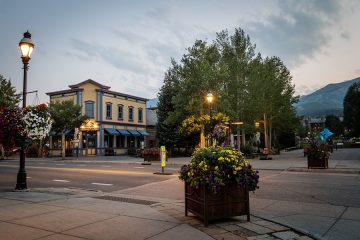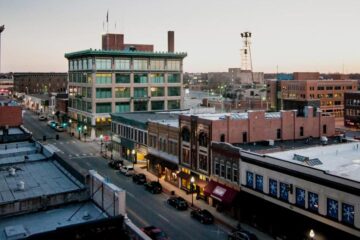We often get asked, “Why does my neighbor have ALLO service but I don’t?” And it’s a difficult question to answer. Our CEO has a great write-up explaining the construction process; we highly recommend you read it here.
We spoke directly with the ALLO team responsible for the design and infrastructure of our ALLO fiber network.
In the process of design, ALLO divides cities into PONs (or passive optical networks). PONs are like the ALLO map of your community, zoned according to geographic location, easement or right-of-way access, construction costs, access permitting, and existing facilities. You can think of these PON areas like the last level of Tetris, a complex design that seems ambiguous on the surface but is strategically coordinated to circumvent unseen obstacles and existing utilities. With these PONs come boundaries. There will always be homes located along the border of the zigzag Tetris shaped PON that will not be eligible for service until their neighboring PON has been built.
Sometimes, there may be areas inside of a PON boundary that experience construction delays due to geographical obstacles associated with getting cable buried or hung to their location. Sections of cities where the utilities are buried generally come with more obstacles than ones that have overhead access. Buried construction is always more costly, time-consuming, and usually cannot be completed during the winter months.
Within the PON zones, we install multi-fiber cable and MST’s (Multi-port Service Terminal). The multi-fiber cable is spliced to other fiber optic cables that run back to ALLO’s central office, or in some cases a cabinet within the PON. The far end of the cable is spliced to MST’s. MST’s are essentially the optical taps that we plug into to bring each customer a direct fiber connection. These have from 2 to 12 ports, and each port is assigned a specific customer address.
While we wish we could service every single residence and business at once, the reality of a fiber installation requires an incredible amount of planning and organization mixed with a variety of environmental and financial factors often outside of our control. As is often the case with an exceptional product, when the demand is consistently high, it’s usually worth the wait.





